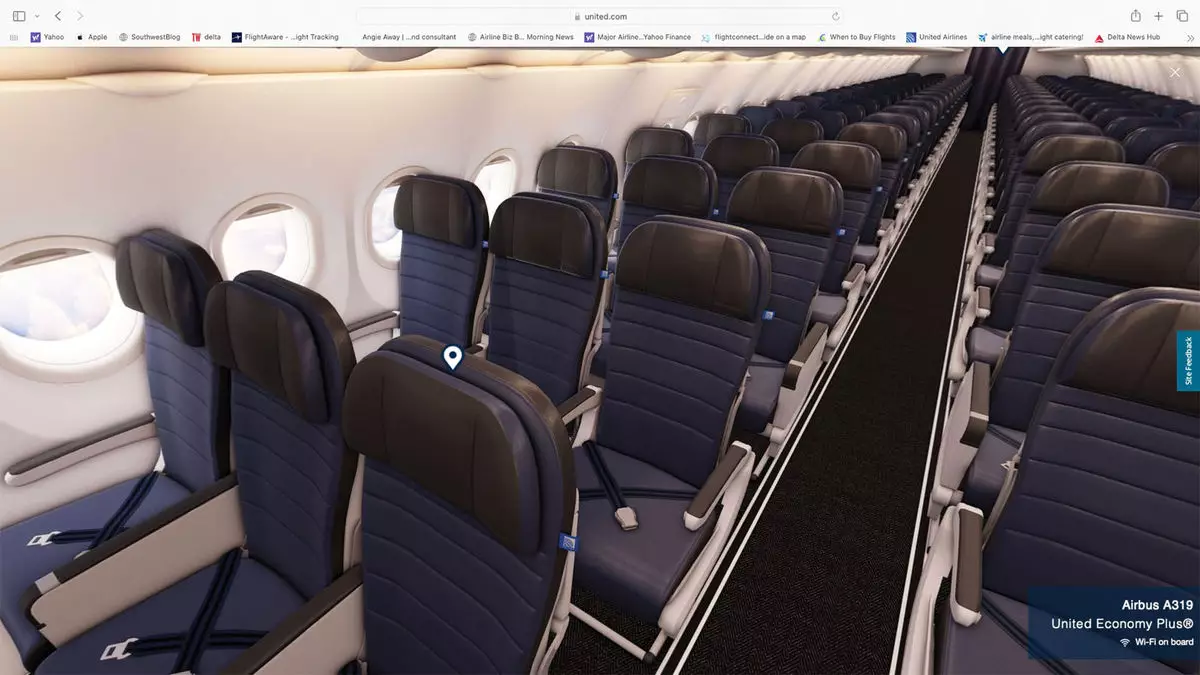In the evolving landscape of airline marketing, visual content is no longer just a supplementary feature; it is rapidly becoming the cornerstone of consumer decision-making. ATPCO’s recent initiative to provide airlines with free access to high-quality visuals, including seat images and virtual cabin tours, signifies a paradigm shift. This move underscores a broader industry recognition that transparency and aesthetic appeal significantly influence travelers’ choices. When passengers can glimpse their future journey, it fosters a sense of confidence and satisfaction, transforming what was once a plain transactional process into an engaging, informative experience. As airlines start deploying richer visuals on their platforms and third-party channels, they are catering directly to consumers’ desire for immersive and trustworthy information, which in turn boosts booking conversions and enhances brand loyalty.
Consumer Expectations and the Value of Visual Content
The influential power of visuals is backed by compelling data: 80% of travelers want to see their seat before committing to a purchase, and nearly two-thirds believe that such visuals sway them toward choosing a higher-value seat. These statistics reflect a fundamental shift in consumer behavior—passengers are no longer passive recipients of static fare details but active participants seeking transparency and clarity. By showcasing detailed photos and videos of cabin interiors, airlines can significantly diminish the uncertainty that often accompanies online bookings. This increased transparency aligns with modern travelers’ expectations rooted in other digital experiences, where visual content often guides purchasing decisions. Airlines ignoring this trend risk losing ground in a highly competitive industry, as customers gravitate toward carriers that offer an engaging, informative, and visually rich experience.
Market Impact and Industry Implications
ATPCO’s data indicates an eye-opening surge in visual content usage—more than doubling previous efforts within just a few months—highlighting how swiftly the industry is embracing this digital transformation. The upcoming launch of free visual offerings is bound to elevate the quality and quantity of available content, creating a more vibrant and informed marketplace. With nearly fifty airlines actively working on visual content, the volume of available visuals is expected to grow exponentially, setting a new standard for transparency and passenger engagement. Moreover, airlines that historically relied on paid visual services are now leveraging this free access to build stronger connections with their customers, leading to superior competitive positioning. As visual content becomes increasingly pervasive across booking channels—whether on airline websites, third-party platforms, or global distribution systems—the industry is poised for a seismic shift towards more personalized and authentic customer experiences.
Industry Challenges and Opportunities Ahead
While the expansion of visual content presents enormous opportunities, it also introduces new challenges. Airlines need to produce high-quality visuals consistently to meet passenger expectations and stand out in a crowded digital space. This requires investing in digital assets, training staff, and developing strategic partnerships with content creators. Simultaneously, the shift towards free visual offerings signals a broader acknowledgment that consumer-centric transparency benefits the entire industry—driving bookings, reducing dissatisfaction, and fostering lasting loyalty. Forward-thinking airlines who adapt quickly to this visual revolution will likely enjoy a competitive edge, setting new benchmarks for customer satisfaction in a digital-first era. As this trend accelerates, the future of flight shopping is undoubtedly becoming more immersive, honest, and visually engaging—traits that today’s travelers increasingly demand.


Leave a Reply